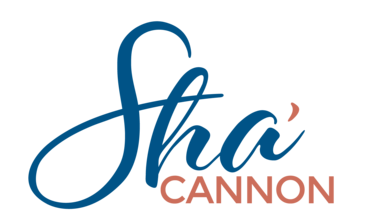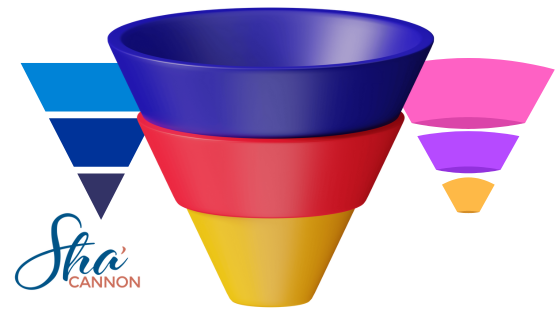I know you hear about funnels and there are different types of funnels in business. It’s hard to know where to start when the funnel shape is used to describe so many relevant things. The basic visual is that there are is more of something at the top and as you get to the bottom there is less. As an understanding of key business strategies, a funnel can be game-changing to create curated journeys toward your desired end goal. Let’s get into the top 4 funnels you need to create I your business.
- Lead Magnet Funnel. A lead magnet funnel is designed to attract potential customers by offering them something valuable for free, such as an eBook, checklist, or webinar, in exchange for their contact information. To create a lead magnet funnel, start by identifying a specific problem your target audience faces and develop a high-quality resource that addresses this issue. Promote your lead magnet through social media, email campaigns, and your website to drive traffic to a landing page where visitors can opt-in. To ensure its success, continuously test and refine your lead magnet’s appeal, optimize the landing page for conversions, and follow up with nurturing emails that build a relationship and guide prospects toward your main offers.
- Cart Open to Cart Close Funnel. The cart open to cart close funnel focuses on maximizing sales during a specific promotional period, typically when a product or service is launched or offered at a discount. To create this funnel, set a clear timeline for your promotion and develop a series of emails and social media posts that build anticipation before the cart opens. Once the cart is open, send reminder emails highlighting the benefits and urgency of the offer, and use retargeting ads to reach those who showed interest but haven’t purchased yet. To make this funnel successful, create compelling content that addresses objections, showcase testimonials, and implement countdown timers to emphasize the limited availability, driving urgency and encouraging swift action.
- Downsell/Upsell Funnel. A downsell/upsell funnel aims to maximize revenue by offering additional products or services to customers during or after their initial purchase. To create this funnel, identify complementary or lower-cost products that add value to your primary offering. When a customer makes a purchase, present an upsell offer that enhances their experience or solves a related problem. If the customer declines, offer a downsell, which is a less expensive alternative that still provides value. To ensure success, craft persuasive copy that clearly explains the benefits of the upsell or downsell, use A/B testing to determine the most effective offers, and integrate seamless checkout processes to minimize friction and encourage conversions.
- Sales Event Funnels. Sales event funnels are designed to generate excitement and drive sales during a specific event, such as a webinar, workshop, or live launch. To create a sales event funnel, plan a detailed event that provides significant value and aligns with your audience’s needs. Promote the event through multiple channels, including email, social media, and partnerships, to maximize attendance. During the event, deliver high-quality content that builds trust and addresses key pain points, leading to a pitch for your product or service. To ensure success, follow up with attendees through a series of emails that reinforce the event’s key messages, offer limited-time bonuses, and address any remaining objections, ultimately guiding them toward making a purchase.
Need help strategizing your funnels? Let’s talk. ShaCannon.info/talk

